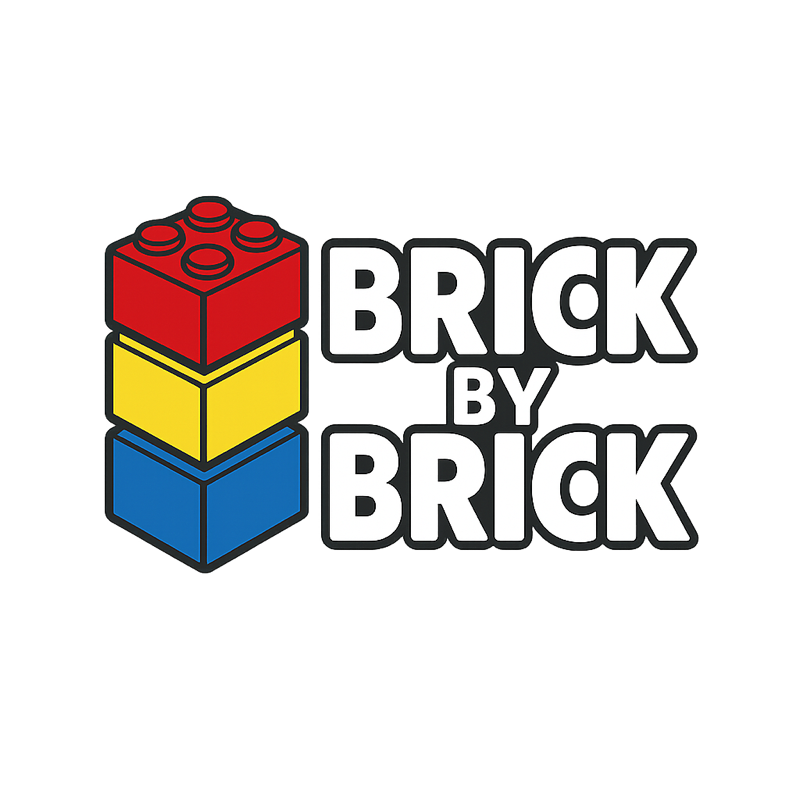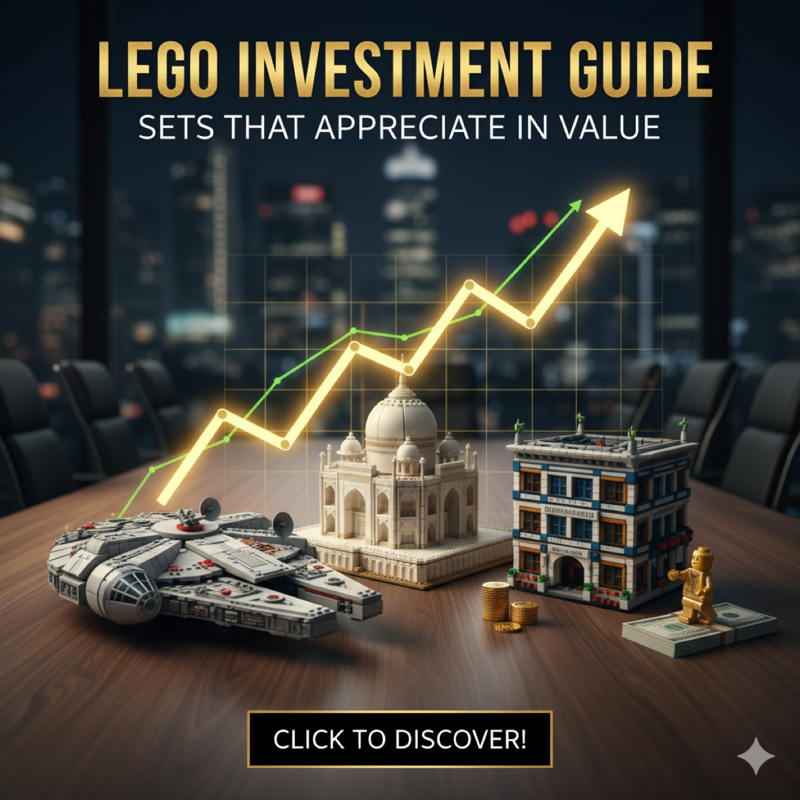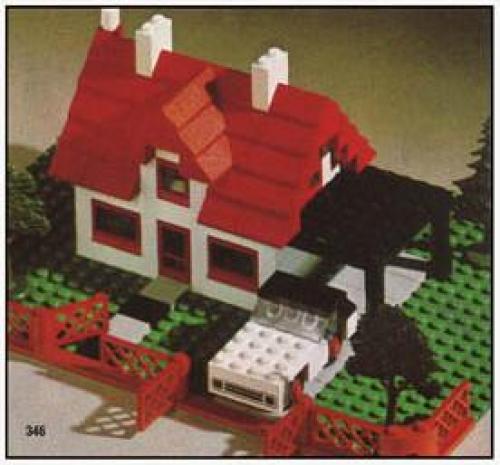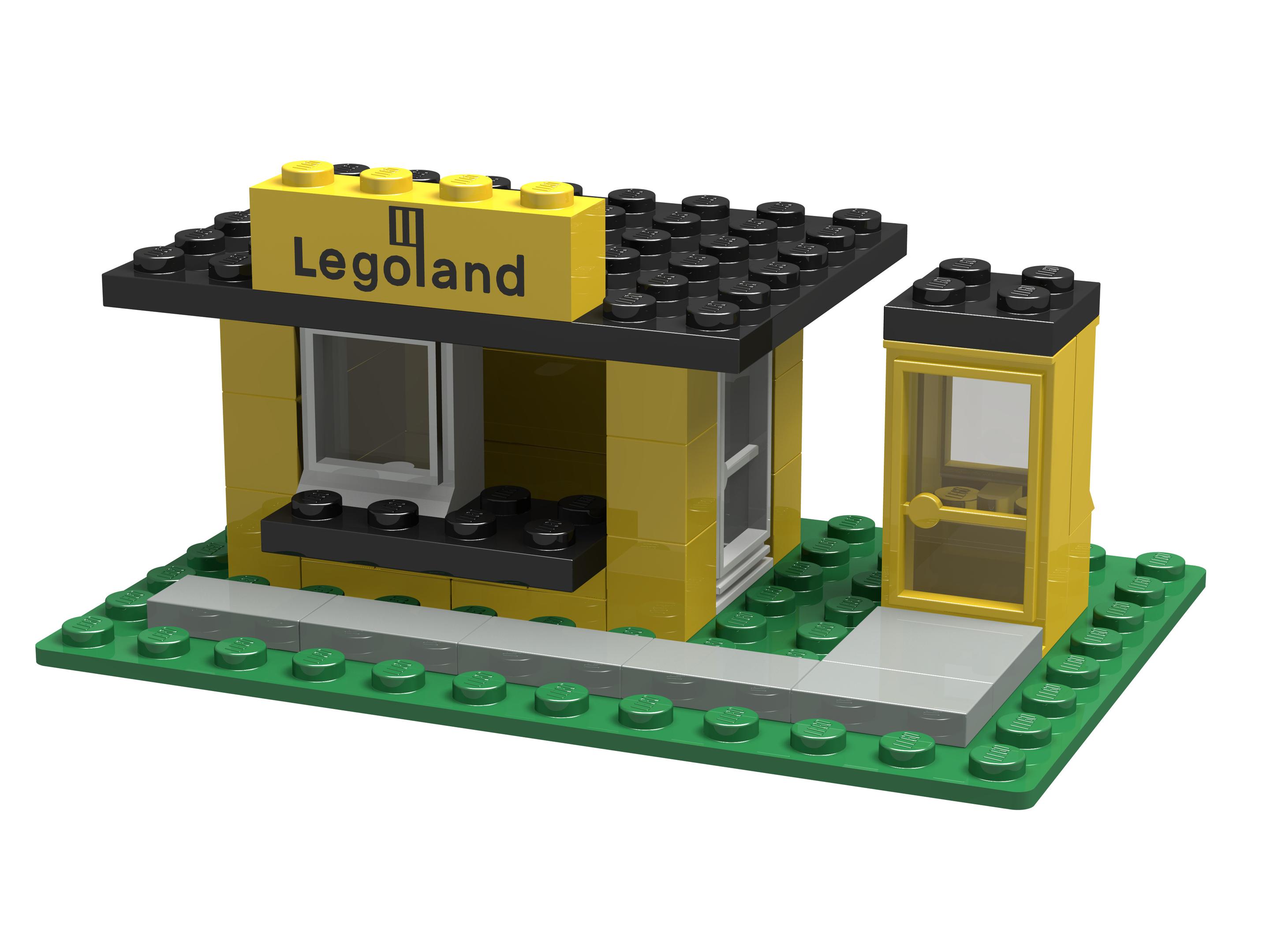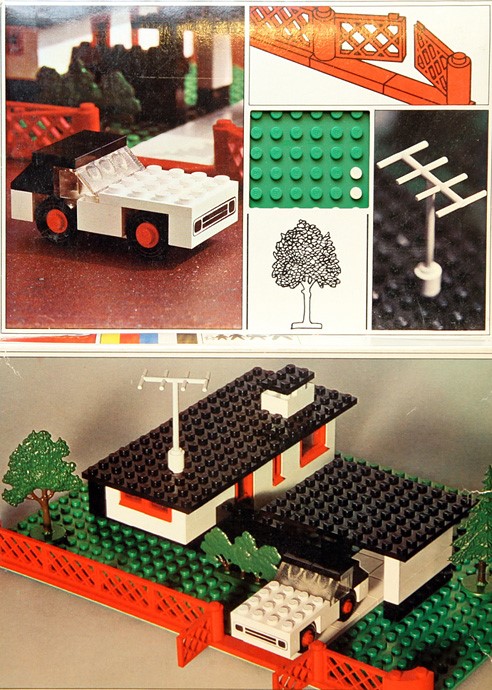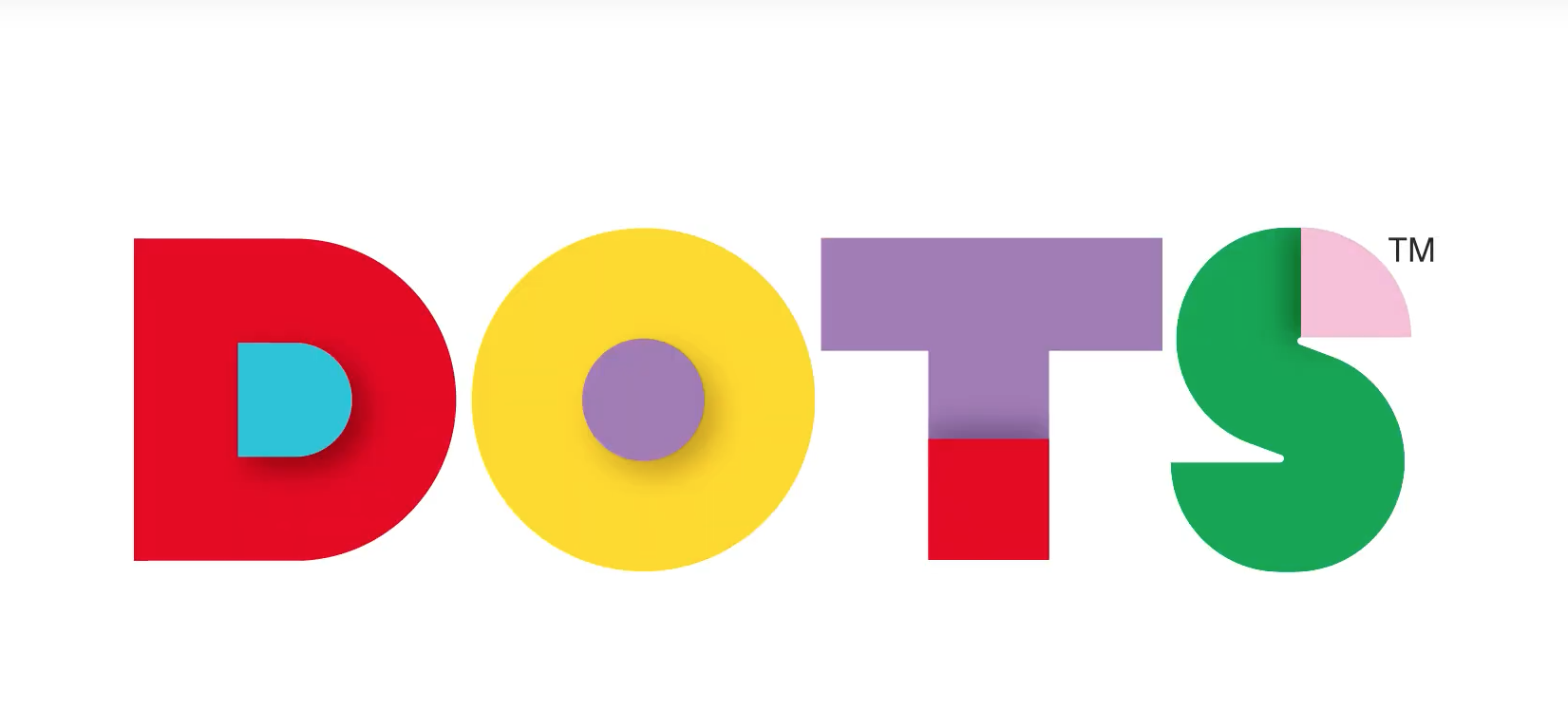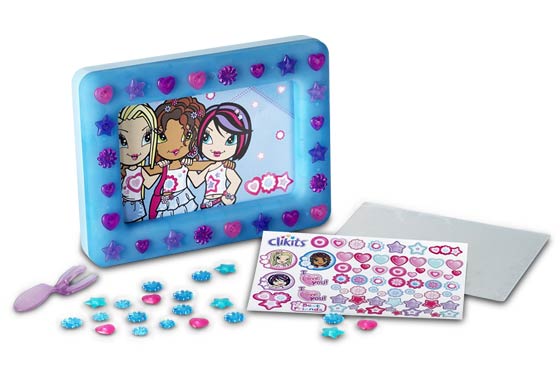LEGO Investment Guide 2025: Building Wealth with Bricks - Complete Strategy
LEGO sets can appreciate 100-900% after retirement. Learn proven investment strategies, which themes perform best, optimal holding periods, and how to build a profitable LEGO portfolio.
LEGO investing isn't a get-rich-quick scheme—it's a proven alternative asset class that's delivered consistent returns for knowledgeable collectors since the 1990s. The original UCS Millennium Falcon (10179) sold for $500 in 2007 and now trades for $5,000-$10,000 sealed. That's a 900-1,900% return. This comprehensive guide teaches you everything you need to know about LEGO investment, from choosing the right sets to optimizing your portfolio for maximum returns.
LEGO investment involves significant risk. Past performance doesn't guarantee future returns. This guide is educational—not financial advice. Only invest what you can afford to tie up for 5-10+ years. LEGO's production decisions, market conditions, and collector trends can change unpredictably.
- Why LEGO? The Investment Thesis
- Market Fundamentals & Historical Data
- Which Sets Appreciate Fastest (Data-Driven Selection)
- Timing Your Purchases: When to Buy & Sell
- Portfolio Diversification Strategy
- Storage, Preservation & Condition Grading
- Tax Implications & Record Keeping
- Common Investment Mistakes to Avoid
- Selling Strategy: Maximizing Returns
- Future Market Trends & Predictions
Why LEGO? The Investment Thesis
The Case for LEGO as an Asset Class
LEGO sets have several characteristics that make them attractive investments:
1. Provable Scarcity
- Retirement model: LEGO discontinues sets after 2-4 years of production
- No reprints: Once retired, sets are never reissued in identical form
- Known production windows: Unlike art or collectibles, LEGO's lifecycle is predictable
- Serial numbers: Some limited editions have traceable production numbers
2. Global Demand
- Universal recognition: LEGO transcends language and culture
- Growing AFOL community: Adult fans drive secondary market demand
- Nostalgia factor: Adults buy sets they couldn't afford as children
- Cross-generational appeal: Parents invest for their children's future enjoyment
3. Physical Durability
- ABS plastic: Doesn't degrade like paper (comics, cards) or fabric (vintage toys)
- Sealed preservation: Factory-sealed boxes maintain perfect condition
- No battery corrosion: Unlike vintage electronics
- Climate stable: Doesn't require expensive climate control like wine or art
4. Tangible Value
- Usable asset: Unlike stocks, you can build and enjoy your investment
- Gift potential: Can be given to family while retaining value
- Collateral value: Physical assets can secure loans (though rare)
- Insurance coverage: Homeowner's insurance often covers collectibles
Comparing LEGO to Other Alternative Investments
| Asset Class | Avg Annual Return | Liquidity | Storage Cost | Expertise Required |
|---|---|---|---|---|
| LEGO (top-tier sets) | 10-30% | Medium | Low | Medium |
| S&P 500 Index | 10-11% | High | None | Low |
| Real Estate | 8-12% | Low | High | High |
| Gold | 5-8% | High | Medium | Low |
| Comic Books | 5-20% | Low | Medium | Very High |
| Fine Art | 7-12% | Very Low | High | Very High |
LEGO offers stock market-beating returns with relatively low storage costs and expertise requirements. The challenge is liquidity—you can't sell LEGO as quickly as stocks, but for patient investors, the returns justify the wait.
Market Fundamentals & Historical Data
The LEGO Investment Lifecycle
Phase 1: Active Production (Years 0-3)
- Market behavior: Sets trade at or near MSRP
- Investor action: Buy at retail or during sales (20-30% off)
- Value trend: Flat or declining (sales erode retail value)
- Example: Current UCS AT-AT (75313) - $849 MSRP, often $700 on sale
Phase 2: End of Life (EOL) Speculation (Months 24-36)
- Market behavior: Prices rise as retirement rumors circulate
- Investor action: Last chance to buy at retail
- Value trend: 10-30% increase from EOL to retirement
- Example: Hogwarts Castle jumped from $399 → $550 in final 6 months
Phase 3: Recently Retired (Years 1-2 post-retirement)
- Market behavior: Sharp price increase as supply dwindles
- Investor action: Hold—this is NOT the time to sell
- Value trend: 30-80% appreciation from MSRP
- Example: Death Star (10188) went from $400 MSRP → $650 within 18 months of retirement
Phase 4: Mature Investment (Years 3-7 post-retirement)
- Market behavior: Steady price growth, occasional spikes
- Investor action: Optimal selling window for most sets
- Value trend: 80-200% total appreciation
- Example: UCS B-Wing (10227) $200 → $500 in 5 years
Phase 5: Legendary Status (Years 8-15+ post-retirement)
- Market behavior: Exponential growth for iconic sets
- Investor action: Hold exceptional sets, sell good ones
- Value trend: 200-900%+ for legendary sets
- Example: Original Millennium Falcon (10179) $500 → $5,000+ in 15 years
Historical ROI Analysis by Theme
| Theme | Avg Annual Return | Top Performers | Risk Level |
|---|---|---|---|
| Star Wars UCS | 20-35% | Millennium Falcon, Death Star, AT-AT | Low |
| Modular Buildings | 15-25% | Café Corner, Green Grocer, Market Street | Low-Medium |
| Architecture (Large) | 12-20% | Taj Mahal, Tower Bridge, Sydney Opera House | Low |
| Icons (Large) | 10-18% | Disney Castle, Titanic, Colosseum | Medium |
| Harry Potter | 8-15% | Hogwarts Castle, Diagon Alley | Medium |
| Creator Expert | 5-12% | Carousel, Old Fishing Store | Medium-High |
| Technic | 3-8% | Bugatti Chiron, Liebherr Excavator | High |
| City/Ninjago/Friends | 0-5% | Few exceptions | Very High |
Which Sets Appreciate Fastest (Data-Driven Selection)
The 7 Criteria of High-Performing Investment Sets
1. Theme & License Strength
Rule: Licensed themes outperform LEGO-original themes
- Top tier: Star Wars UCS, Disney, Harry Potter (major landmarks)
- Mid tier: Marvel, DC, Architecture
- Lower tier: LEGO City, Friends, Ninjago
Why? Licensed themes have broader appeal beyond LEGO fans. Star Wars collectors buy LEGO; Harry Potter fans buy LEGO. City buyers are mostly just LEGO fans.
2. Piece Count Threshold
Rule: Sets over 2,000 pieces appreciate faster than smaller sets
Historical Data:
- Under 1,000 pieces: 3-8% average annual appreciation
- 1,000-2,000 pieces: 8-15% average annual appreciation
- 2,000-5,000 pieces: 15-25% average annual appreciation
- 5,000+ pieces: 20-35% average annual appreciation
Why? Large sets have higher barriers to entry ($300-$850), creating instant scarcity. Fewer people buy them during production, so less supply exists post-retirement.
3. Price-Per-Piece Sweet Spot
Rule: Optimal investment sets have $0.08-$0.12 per piece
- Under $0.08: Probably a small, low-value set
- $0.08-$0.12: Sweet spot—good value, investment-grade
- $0.12-$0.18: Premium pricing (licensed themes)
- Over $0.18: Overpriced or niche set—avoid
4. Display vs. Play Value
Rule: Display-focused sets appreciate faster than play-focused sets
Display indicators:
- 18+ age rating
- Stand or plaque included
- "Ultimate Collector Series" designation
- Architecture or Icons theme
- Minimal minifigures (focus on the build, not play)
Play indicators (avoid for investment):
- 6-12 age rating
- Minifigure battle packs
- City, Friends, Ninjago themes
- Under $50 retail
5. Limited Production Signals
Rule: Look for sets with short production windows
Strong signals:
- Numbered editions (e.g., "Limited to 5,000")
- Exclusive releases (LEGO Store exclusive, VIP exclusive)
- Promotional gifts (GWP—Gift With Purchase)
- Anniversary sets (LEGO House exclusive, etc.)
6. Iconic Subject Matter
Rule: Recognizable subjects outperform obscure ones
High recognition (good):
- Millennium Falcon, Death Star (everyone knows these)
- Eiffel Tower, Colosseum (world landmarks)
- Hogwarts Castle, Disney Castle (cultural icons)
Low recognition (risky):
- Obscure Star Wars vehicles (Ewok Village, AT-AP)
- Non-landmark Architecture (lesser-known buildings)
- Generic Creator Expert sets (Bookshop, Corner Garage)
7. Retirement Timing Predictability
Rule: Buy sets in years 2-3 of production for optimal timing
- Year 1: Too early—set may go on sale repeatedly
- Years 2-3: Sweet spot—retirement approaching but still available
- Year 4+: Risk of missing retirement—prices may spike before you sell
Current Sets with Strong Investment Potential (2025)
🔥 High Confidence Picks
UCS Millennium Falcon (75192)
$849.99 | 7,541 pieces | Released 2017
- Status: Likely retiring 2025-2027
- Historical pattern: Similar sets have appreciated significantly, though future performance is not guaranteed
- Historical range: 50-100% for similar sets within 5 years post-retirement (past performance does not guarantee future results)
- Risk: Low—largest Star Wars set, iconic subject
UCS AT-AT (75313)
$849.99 | 6,785 pieces | Released 2022
- Status: Active production, likely until 2026-2027
- Confidence: 90%—motorized feature adds value
- Expected return: 40-80% within 5 years post-retirement
- Risk: Low-Medium—newer set, less proven
Colosseum (10276)
$599.99 | 9,036 pieces | Released 2020
- Status: Retired 2024
- Confidence: 85%—record piece count at time of release
- Expected return: 40-80% within 5 years
- Risk: Medium—already retired, prices rising
📈 Moderate Confidence Picks
- Eiffel Tower (10307): $649.99 | 10,001 pieces | Tallest set ever—good long-term hold
- Titanic (10294): $679.99 | 9,090 pieces | Longest set—niche but strong potential
- Hogwarts Castle (71043): $469.99 | 6,020 pieces | Still in production but popular
⚠️ Speculative/Higher Risk
- Smaller UCS sets (under $300): Lower appreciation potential
- Non-UCS Star Wars: Hit or miss—some appreciate, many stagnate
- Creator Expert vehicles: Bugatti was strong, others unproven
Timing Your Purchases: When to Buy & Sell
Optimal Buying Windows
Best Times to Buy
| Event | Typical Discount | Best For |
|---|---|---|
| Black Friday (November) | 20-30% | All investment sets |
| Amazon Prime Day (July) | 15-25% | Select Star Wars, Architecture |
| LEGO May the Fourth (May 4) | 0-10% + exclusives | Star Wars collectors (exclusives > discount) |
| Double VIP Points Events | 5-10% effective | LEGO.com exclusives |
| End of December Clearance | 30-50% | Retiring sets (if you can find them) |
Retirement Window Strategy
24-36 months before expected retirement:
- Buy during sales (Black Friday, Prime Day)
- No urgency—set will likely go on sale multiple times
- Example: AT-AT (75313) released 2022, likely retires 2026—buy anytime until 2024
12-24 months before expected retirement:
- Buy even without sales—retirement rumors begin
- Prices may start firming (fewer sales)
- Example: Millennium Falcon (75192) released 2017—if still available in 2025, buy immediately
Under 12 months before retirement:
- Buy at any price if you don't own it
- Sets often sell out before official retirement
- Secondary market prices may already exceed MSRP
Optimal Selling Windows
The 3-5 Year Rule
Research shows: Maximum appreciation velocity occurs 3-5 years post-retirement for most sets.
Year 1-2 Post-Retirement: HOLD
- Typical appreciation: 30-80%
- Why hold: Appreciation curve is steepest years 2-4
- Exception: Sell if emergency funds needed
Year 3-5 Post-Retirement: OPTIMAL SELLING WINDOW
- Typical appreciation: 80-200%
- Why sell: Most sets plateau or slow after year 5
- Strategy: Sell 50-75% of holdings, keep 25% for long-term speculation
Year 6-10 Post-Retirement: HOLD EXCEPTIONAL SETS
- Typical appreciation: 200-500%+ (only for iconic sets)
- Why hold: Legendary sets enter exponential growth phase
- Examples: Millennium Falcon, Taj Mahal, Café Corner
Market Timing Indicators
Sell signals (consider exiting position):
- LEGO announces remake/reissue of set (tanks original value)
- Set hits 200%+ appreciation and plateaus for 6+ months
- Economic recession (luxury collectibles drop first)
- You need capital for better investment opportunity
Hold signals (wait longer):
- Set still climbing steadily month-over-month
- Similar sets showing strong appreciation trends
- No remake rumors from LEGO
- Sealed supply visibly dwindling on BrickLink/eBay
Portfolio Diversification Strategy
The Recommended Portfolio Mix
Don't put all your investment capital into one Millennium Falcon. Diversify:
Tier 1: Core Holdings (50-60% of portfolio)
Strategy: Blue-chip sets with proven track records
- Allocation: 2-3 UCS Star Wars flagship sets
- Budget: $1,500-$2,500 total
- Examples: Millennium Falcon, AT-AT, Star Destroyer
- Expected return: 15-25% annually
- Risk: Low
Tier 2: Growth Holdings (25-30% of portfolio)
Strategy: Newer sets with strong potential
- Allocation: 2-4 large Architecture or Icons sets
- Budget: $800-$1,200 total
- Examples: Eiffel Tower, Colosseum, Titanic
- Expected return: 10-20% annually
- Risk: Medium
Tier 3: Speculative Holdings (10-20% of portfolio)
Strategy: High-risk, high-reward bets
- Allocation: 3-5 mid-size licensed sets or exclusives
- Budget: $400-$800 total
- Examples: Harry Potter landmarks, Marvel large sets, exclusive promos
- Expected return: 5-30% annually (high variance)
- Risk: High
Sample Portfolios by Investment Level
Beginner Portfolio ($1,500 total)
- Core: 1× UCS Millennium Falcon or AT-AT ($850)
- Growth: 1× Colosseum or Eiffel Tower ($600)
- Speculative: 1× Exclusives or medium sets ($250)
Intermediate Portfolio ($5,000 total)
- Core: 2× Flagship UCS Star Wars ($1,700)
- Core: 1× Large Architecture ($600)
- Growth: 2× Icons or Architecture ($1,200)
- Growth: 2× Medium Star Wars ($700)
- Speculative: 4× Smaller licensed sets ($800)
Advanced Portfolio ($15,000+ total)
- Core (50%): 6× UCS Star Wars + 2× Large Architecture ($7,500)
- Growth (30%): 6× Medium-large licensed sets ($4,500)
- Speculative (20%): 10× Small licensed + exclusives ($3,000)
Rebalancing Your Portfolio
Annual review checklist:
- Evaluate performance: Which sets appreciated fastest? Slowest?
- Sell underperformers: Sets <5% annual growth after 3 years—consider selling
- Reinvest proceeds: Move capital from mature sets to new promising sets
- Adjust allocation: Rebalance to maintain 50/25/25 core/growth/speculative mix
- Track retirement schedules: Add new sets entering their retirement window
Storage, Preservation & Condition Grading
The Importance of Condition
A sealed, mint-condition Millennium Falcon sells for $1,500. The same set with box damage? $1,100. That's a $400 loss from improper storage.
Condition Grades Explained
| Grade | Description | Value Impact |
|---|---|---|
| Factory Sealed Mint (FSM) | Unopened, original seal intact, no box damage | 100% of market value |
| Factory Sealed (FS) | Unopened but minor box wear (edge wear, small dents) | 85-95% of market value |
| New In Sealed Box (NISB) | Unopened but significant box damage | 70-85% of market value |
| New In Open Box (NIOB) | Box opened but bags sealed, instructions intact | 60-75% of market value |
| Complete Used | Built once, all pieces/instructions present | 40-60% of market value |
| Incomplete | Missing pieces, no instructions, box damaged | 20-40% of market value |
Proper Storage Techniques
Climate Control
- Temperature: 60-75°F (15-24°C) constant
- Humidity: 40-50% relative humidity
- Avoid: Basements (flooding risk), attics (temperature extremes)
- Ideal: Climate-controlled closet, spare room, storage unit
Physical Protection
- Outer protection: Plastic box protectors (available on Amazon, BrickLink)
- Stacking: No more than 3 boxes high—weight crushes bottom boxes
- Orientation: Store boxes in designed orientation (upright, not sideways)
- Sunlight: ZERO direct sunlight exposure (UV degrades plastic)
Organization System
- Inventory spreadsheet: Track set numbers, purchase prices, current values
- Photo documentation: Photograph condition at purchase and annually
- Insurance: Add high-value sets to homeowner's policy rider
- Access: Store frequently-checked sets separately from long-term holds
A $5,000 LEGO portfolio requires approximately 20-30 cubic feet of storage space. At $1.50/sq ft for climate-controlled storage, that's $30-50/month or $360-600/year. Factor this into your ROI calculations.
Tax Implications & Record Keeping
Tax Treatment of LEGO Investments
Disclaimer: This is general information—consult a tax professional for your specific situation.
In the United States:
- Capital gains tax applies: LEGO profits are taxable as collectibles
- Tax rate: 28% maximum collectibles capital gains rate (higher than stocks)
- Holding period: Long-term gains (held >1 year) still taxed at 28% for collectibles
- Loss deduction: Losses can offset other collectible gains
Example Tax Calculation:
Purchase: UCS Millennium Falcon - $850 (2018)
Sale: $1,700 (2025) - 7 years later
Gross profit: $850
Tax owed (28%): $238
Net profit after tax: $612
Actual ROI: 72% total (10.3% annually) after tax
Essential Record Keeping
What to Document:
- Purchase records: Receipt, date, price paid (including shipping)
- Condition documentation: Photos at purchase showing box condition
- Storage expenses: If claiming business expense deduction
- Sale documentation: Buyer info, sale price, platform fees
- Shipping costs: Both purchase and sale shipping affect basis
Recommended Tools:
- Spreadsheet: Google Sheets or Excel tracking sheet
- BrickFolio app: Mobile LEGO collection tracker
- Mobile apps: Various LEGO collection tracking apps available
- Receipt scanning: Scan/photo all purchase receipts
Common Investment Mistakes to Avoid
The Top 10 LEGO Investor Mistakes
1. Buying Too Many Small Sets
Mistake: "I'll buy 20 sets at $50 each instead of one $1,000 set"
Why it fails: Small sets rarely appreciate significantly. You end up with 20 sets worth $60 each (20% gain) instead of one worth $1,500 (50% gain).
Fix: Focus on fewer, larger, higher-quality sets
2. Ignoring Theme Performance History
Mistake: "I love City sets, so I'll invest in them"
Why it fails: Personal preference ≠ market demand. City rarely appreciates.
Fix: Buy what you love for personal enjoyment, invest based on data
3. Buying After Retirement
Mistake: "I'll buy retired sets on the secondary market"
Why it fails: You're paying someone else's profit. Set already appreciated 30-50%.
Fix: Buy during active production, ideally years 2-3
4. Building Your Investment Sets
Mistake: "I'll build it and keep it nice, then sell it"
Why it fails: Built sets sell for 40-60% of sealed value. You lose half your investment.
Fix: Buy two—one to build, one to keep sealed
5. Poor Storage Conditions
Mistake: Storing in attic, basement, garage without protection
Why it fails: Heat, humidity, sunlight degrade boxes and seals
Fix: Climate-controlled storage with box protectors
6. Selling Too Early
Mistake: "It's up 30% in one year—time to sell!"
Why it fails: You miss years 3-5 when appreciation accelerates
Fix: Plan for 5-7 year hold from purchase date
7. Ignoring Retirement Schedules
Mistake: Buying sets in final production months at full price
Why it fails: You pay MSRP when set will retire soon—others bought at 30% off
Fix: Track production years, buy early with discounts
8. No Diversification
Mistake: "I'm all-in on Star Wars!"
Why it fails: One theme performing poorly tanks your entire portfolio
Fix: Diversify across themes: Star Wars, Architecture, Icons, Harry Potter
9. Emotional Attachment
Mistake: "This set means too much to me to sell"
Why it fails: You tie up capital that could buy new appreciating sets
Fix: Set rules at purchase: "I will sell at 100% gain or 5 years, whichever comes first"
10. Not Tracking Market Prices
Mistake: "I assume it's still appreciating"
Why it fails: Market shifts, remakes announced, demand changes
Fix: Monthly price checks on BrickLink, eBay sold listings
Selling Strategy: Maximizing Returns
Where to Sell LEGO Investments
| Platform | Fees | Buyer Pool | Best For |
|---|---|---|---|
| BrickLink | 3% + payment processing | LEGO enthusiasts, global | Sealed investment sets |
| eBay | 12.5% final value fee | General public, high traffic | High-value sets, quick sales |
| Facebook Marketplace | 0% (free) | Local buyers only | Avoiding shipping costs |
| r/Legomarket (Reddit) | 0% (peer-to-peer) | Reddit LEGO community | Reasonable prices, fast sales |
| StockX (limited) | 9.5% + 3% payment | Sneakerheads/collectible investors | Ultra-rare/expensive sets |
Pricing Strategy
How to Price Your Sets
- Research sold listings: eBay "Sold" filter, BrickLink price guide
- Average last 10 sales: Don't rely on one outlier
- Adjust for condition: Use condition table earlier in this guide
- Set competitive price: 5-10% below market avg for fast sale, at market for patient sale
- Factor in fees: Price to net your target after fees
Timing Your Listings
- Holiday season (November-December): Highest buyer demand, premium prices
- Tax refund season (March-April): Good buyer liquidity
- Avoid summer (June-August): Lowest demand, buyers on vacation
- List Thursday-Sunday: More browsing happens on weekends
Shipping & Handling
Protect your investment during shipping:
- Double-box method: Original LEGO box inside larger shipping box
- Bubble wrap: Wrap original box entirely
- Packing material: Fill voids with peanuts or air pillows
- Insurance: ALWAYS insure shipments over $100
- Signature required: For sets over $500
Future Market Trends & Predictions
What's Changing in LEGO Investment?
Trend 1: Rising Prices Push New Investors Down-Market
Observation: As flagship UCS sets hit $850 MSRP, new investors can't afford them.
Implication: Medium-tier licensed sets ($200-$400) may appreciate faster than historical data suggests. Look at:
- Mid-size Star Wars (AT-ST, TIE Fighter, X-Wing UCS reissues)
- Harry Potter landmarks (Diagon Alley, Hogwarts expansions)
- Marvel large sets (Sanctum Sanctorum, Avengers Tower if released)
Trend 2: LEGO's Reissue Strategy
Observation: LEGO is remaking popular retired sets (Taj Mahal, Millennium Falcon, Titanic).
Implication: Original versions still command premium (10179 Falcon vs 75192), but gap narrows. Diversify—don't assume LEGO won't remake your set.
Trend 3: Digital NFT Integration
Speculation: LEGO may experiment with NFTs or digital collectibles tied to physical sets.
Implication: Unknown impact. Could enhance value (digital + physical combo) or dilute it (digital replaces physical). Monitor closely.
Trend 4: Global Market Expansion
Observation: China, India, Middle East growing as LEGO markets.
Implication: Increased future demand for retired Western sets. Long-term holds (10+ years) may benefit from new international buyers entering market.
Predictions for 2025-2030
- UCS Millennium Falcon (75192) retirement: Likely 2025-2027—prices will jump 30-50% immediately
- New UCS flagship sets: Expect $900-$1,200 MSRP sets by 2027-2028
- Architecture scaling back: LEGO may reduce Architecture line—invest now
- Increased limited editions: More exclusive, numbered-edition sets for investors
- Modular Buildings resurgence: 20th anniversary approaching—expect strong appreciation
Build Your LEGO Investment Strategy Today
LEGO investment isn't gambling—it's a data-driven alternative asset with proven returns. The key principles:
- Buy quality: Large, licensed, display-focused sets
- Buy early: Years 2-3 of production, during sales
- Hold patiently: 5-7 years from purchase for optimal returns
- Store properly: Climate-controlled, protected, documented
- Diversify: Multiple themes, sizes, release years
- Track market: Monthly price checks, retirement schedules
Start Investing
Browse our investment-grade sets or read our Star Wars Collector's Guide and Architecture Building Guide for specific set recommendations.
📚 Related Investment Resources
Use Our Tools to Go Further
Get more insights about the sets mentioned in this article with our free LEGO tools
